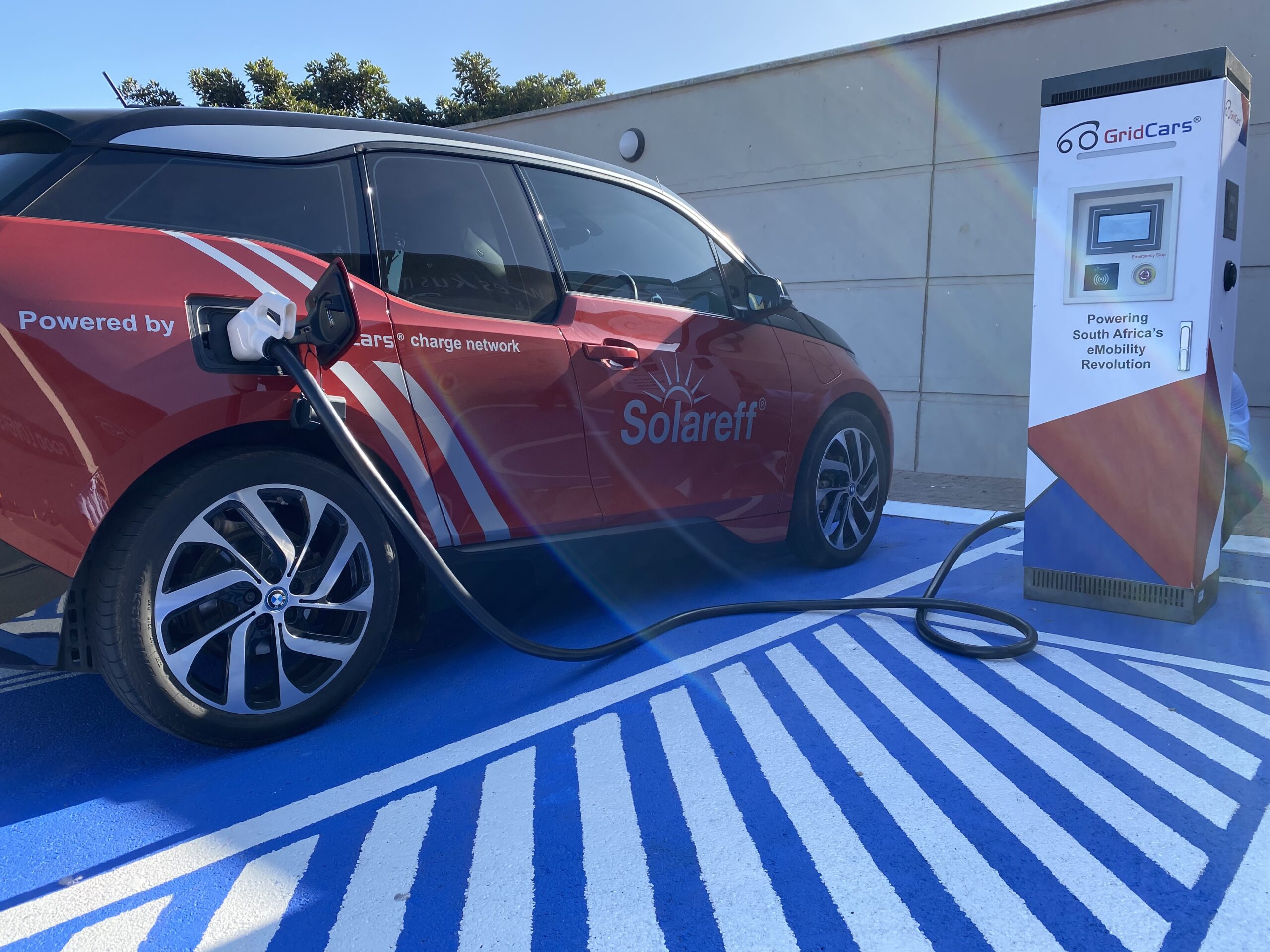
The South African rooftop PV market is booming right now. Recent analysis from Eskom reckons that there is now about 4,412 MW of solar PV installed in the South African C&I and residential sectors. That is 4.4 GW of awesome distributed solar! One of the leading companies in South Africa’s C&I solar PV sector is Solareff. Solareff was established 13 years ago and has grown into a leading distributed C&I solar and battery platform in South Africa, with over 500 successful projects to date and a total of over 190 MW of installed capacity, including record-breaking installations such as the largest rooftop solar PV solution in the Southern Hemisphere and Africa.
Solareff says it offers customers a power solution that is more economical and sustainable than the grid. Demonstrating significant power cost savings for customers, the company is distinctively positioned in the fast-growing C&I sector. Some of Solareff’s installations include the record-breaking 6.8MWp solar rooftop PV plant at Boardwalk Inkwazi in Richard’s Bay — currently the largest rooftop installation in Africa! For this solution, 12,580 solar PV modules and 400 km of DC cable were installed. This bespoke engineered solution will generate 1 GWh of energy annually, resulting in significant electricity cost savings for the shopping centre and avoiding over 215 tonnes of CO2 pollution — a significant step towards reducing Boardwalk Inkwazi’s carbon footprint.

Image: 6.8MWp solar rooftop PV plant at Boardwalk Inkwazi in Richard’s Bay. Image courtesy of Solareff.

Image: 6.8MWp solar rooftop PV plant at Boardwalk Inkwazi in Richard’s Bay. Image courtesy of Solareff.
Solareff is also a major shareholder in GridCars. GridCars is the leading owner, operator, and supplier of charge-network infrastructure with related network software for electric vehicles in South Africa. GridCars says its vision is to facilitate the rapid growth of the electric vehicle market by continuing to collaborate with various players in the industry and investing in the charge network to drive South Africa’s green e-mobility revolution, connecting major cities along some of South Africa’s busiest highways. Already, GridCars has fast chargers on South Africa’s major highways as well as at other location in South Africa’s major cities and towns.
In a major boost for both the C&I solar sector as well as he electric vehicle charging sector, STANLIB Asset Management, a leading South African investor in sustainable infrastructure, has acquired a controlling equity interest in Solareff through its STANLIB Infrastructure Fund II. Closing of the transaction remains subject to obtaining the relevant regulatory approvals.
Andy Louw, Co-Head of the STANLIB Infrastructure Fund II, said, “We are proud to partner with Solareff and believe that our investment in Solareff, particularly through our PPA offering, can make a significant social and economic impact in South Africa by allowing C&I clients access to more reliable power, at competitive tariffs. Importantly, it contributes to the reduction of the carbon footprint of power generation. STANLIB is uniquely positioned to help Solareff continue its growth journey in the C&I power sector, across South Africa.”
Parallel to the acquisition of Solareff, STANLIB has also established Solareff Green, which offers capex-free energy solutions to C&I customers via power purchase agreements (PPAs).
Jaco Botha, CEO and co-founder of Solareff, said: “We are all particularly excited about Solareff’s new PPA offering to the market. STANLIB’s commitment to provide funding for capex-free power solutions and vast experience in managing infrastructure investments played a critical role in our choice of strategic partner. This investment is the beginning of our next chapter as Solareff continues to play a critical role in South Africa’s energy transition.”
This is a major development in South Africa’s energy and mobility landscape. These kinds of transactions will help accelerate the transition to electric mobility, powered by more sustainable energy resources.
I don’t like paywalls. You don’t like paywalls. Who likes paywalls? Here at CleanTechnica, we implemented a limited paywall for a while, but it always felt wrong — and it was always tough to decide what we should put behind there. In theory, your most exclusive and best content goes behind a paywall. But then fewer people read it! We just don’t like paywalls, and so we’ve decided to ditch ours. Unfortunately, the media business is still a tough, cut-throat business with tiny margins. It’s a never-ending Olympic challenge to stay above water or even perhaps — gasp — grow. So …




.jpg)
